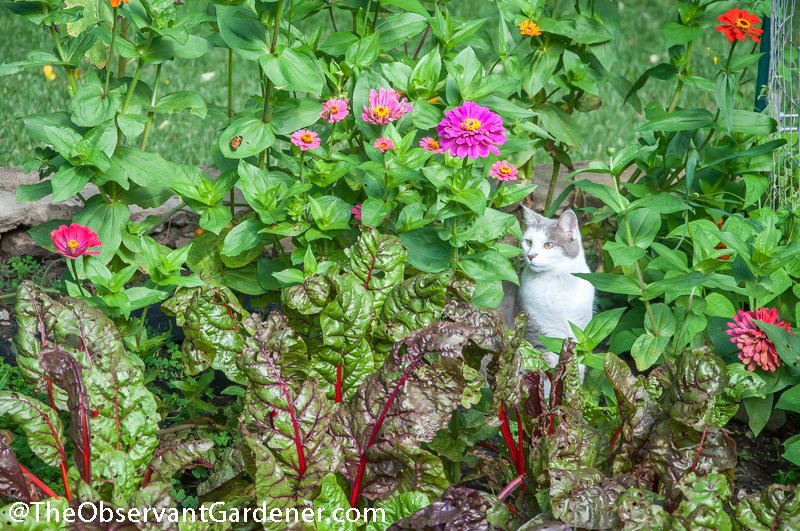There is always in February some one day, when one smells the yet distant, but surely coming, summer. - Gertrude Jekyll
I believe that gardeners are always thinking of the next season as they appreciate the current one. This is especially true during the winter. When looking at a frozen landscape, it can be hard to imagine a summer garden. In fact, it seems almost impossible, especially when there is a layer of snow and ice on the ground and we are forced inside by the cold temperature.
Anticipate and Plan for a Summer Garden
But this is the perfect time to anticipate a summer garden. I use the winter months to look at all the seed catalogs that come in the mail and fantasize about what to grow when warm weather returns. The pictures in these catalogs help me visualize what my garden will look like in the spring and summer. One of my favorites is from White Flower Farm in Connecticut. Another great catalog is from Baker Creek Heirloom Seeds in Missouri. These catalogs are comprehensive and contain stunning photography.
While browsing through catalogs for ideas, I consult my garden journal from the previous year. In it I keep track of dates, weather, what I grew and how well the plants did. If a particular plant didn't grow well, I'll plant something else the following year. I list my favorite plants so I can repeat their success. I also check my photographs of plants that I have grown as a visual record of how they look in my yard.
One consideration is how big plants will grow. Squash, for example, needs a lot of room to spread out. When planting squash seeds, I allow several feet of garden space for the vines and large leaves that will appear. Knowing a plant's needs is important before making a selection of seeds or seedling.
Another consideration is where to plant. Choosing the right location for plants is a major part of garden planning. I observe how the sun hits my yard during different seasons to see which areas are in full sun, partial sun or full shade. This makes a big difference in selecting locations for plants and visualizing the outcome I want.
Observe the Winter Landscape
With these considerations in mind, I walk around my yard in the winter to observe the bare landscape. In the colder months the essentials of the landscape appear. Shrubs with lots of leafy foliage in the summer, such as hydrangeas, have bare branches at this time of year that reveal how much room they have for future growth or if they need dividing and transplanting. Tall, flowering annuals, such as tithonia, are gone by winter, freeing up space and allowing me a good look at the area in which they grew. The winter openness lets me visualize different possibilities for what I might grow.
Even though the winter season can be cold and brown, I appreciate the bare ground as a blank canvas for next summer's garden. It is the perfect time to reflect on the past growing season and to imagine the next one.
This article appears in The Laurel of Asheville. Follow @TheObservantGardener on Instagram to see new garden photos daily!

